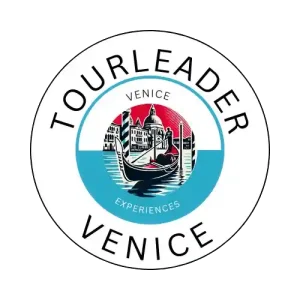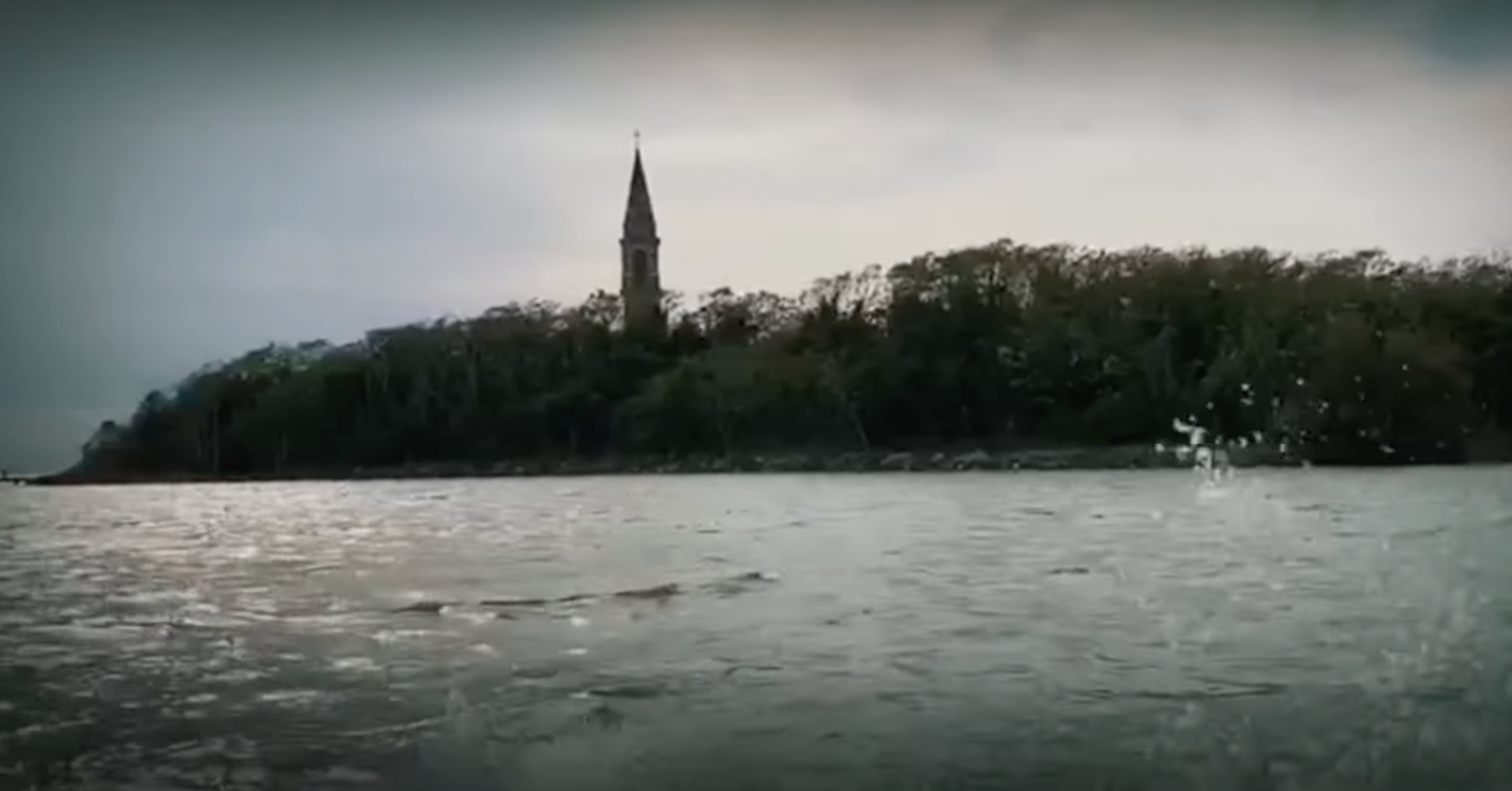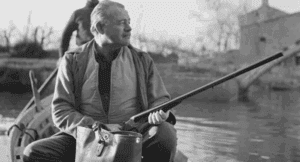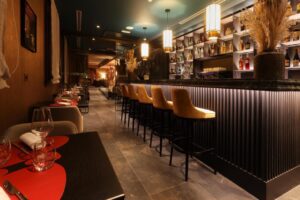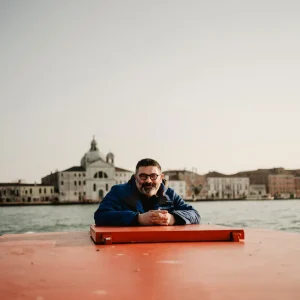Beneath the Lagoon: How Venice’s Ancient Roman Oyster Farm Is Changing Its Future
Everyone knows Venice for gondolas, palaces, and glittering canals. But just below the waterline lies another story — one of ancient food, forgotten science, and quiet resilience.
In 2025, archaeologists uncovered something astonishing in the lagoon near Lio Piccolo, Cavallino-Treporti: a perfectly preserved Roman oyster farm buried beneath centuries of mud. The discovery shook historians, ecologists, and locals alike. Because it proved something Venice had long suspected — that this lagoon has been feeding civilization for over two thousand years.
Before Venice ever existed, the Romans were already farming oysters right here. And in that single discovery, the past and the future suddenly met — uniting three eras of the lagoon:
- 🐚 Ancient Romans — who cultivated oysters as luxury and medicine.
- ⚓ Medieval & Renaissance Venetians — who turned the lagoon into a living larder.
- 🌿 Modern Venetians & scientists — who are restoring oysters to save the ecosystem itself.
So come beneath the surface with us — through archaeology, ecology, and taste — to discover how oysters might once again help Venice survive.
Chapter 1 — The Roman Oyster Farm of Lio Piccolo
Imagine gliding over a quiet lagoon at low tide. The water recedes, and faint rectangular shapes appear below the surface. Divers slip beneath the waves, sonar scans the sediment, and slowly, history rises: a rectangular basin of bricks and wood — perfectly Roman in design — with hundreds of oyster shells still inside.
This wasn’t debris. It was a vivarium — a Roman oyster farm, built over 2,000 years ago. Nearby, archaeologists found fragments of mosaic floors, marble slabs, and painted plaster — traces of a villa that belonged to a wealthy landowner who feasted on his own oysters, grown right here in the lagoon.
For the ancient Romans, oysters weren’t just food. They were status, luxury, and desire. Poets like Juvenal wrote that oysters “inflame the blood,” while Pliny the Elder listed Venice’s lagoon among the empire’s prized oyster sources.
Fun Fact: Oysters from the Venetian lagoon were exported to Roman banquets across the empire — packed in barrels of seawater, still alive when they reached the capital.
Today, the shells from that ancient farm are on display at the Natural History Museum of Venice. And what they tell us is clear: even two millennia ago, humans understood the lagoon’s rhythm — and worked with it.
Chapter 2 — Venice and the Lagoon’s Endless Feast
Fast-forward a thousand years. Venice rises from the water, shimmering like a dream. But the city was never just an architectural marvel — it was a living ecosystem that fed its people daily.
In the Middle Ages and Renaissance, Venetians treated the lagoon as both pantry and protector. Its shallow waters provided everything from mussels and clams to fish, salt, and oysters. The barene (salt marshes) became nurseries for marine life, while families learned which tides brought the best harvests.
At the Rialto Market, long before the word “tourist” existed, seafood vendors shouted the day’s catch — “ostreghe fresche!” — fresh oysters for nobles and workers alike. The wealthy served them baked or stewed at lavish banquets. The poor gathered their own from the mudflats. Oysters were the great equalizer.
By the 18th century, however, overfishing, pollution, and shifting sediment began erasing the oyster beds. By the 1900s, oysters had nearly vanished from Venice’s waters. What remained was nostalgia — and empty shells beneath the mud.
Chapter 3 — The Science of Oysters: Venice’s Secret Superheroes
Why does reviving oysters matter so much? Because oysters are nature’s quiet engineers — invisible but indispensable.
- 💧 Water filters: One oyster filters up to 50 liters of water a day, clarifying and cleaning its habitat.
- 🏠 Habitat builders: Oyster reefs shelter fish, shrimp, and crabs, acting like underwater cities.
- 🌎 Carbon capturers: Their shells store carbon dioxide in solid calcium carbonate.
- 🌊 Wave tamers: Oyster reefs soften tidal energy and prevent erosion — nature’s own flood defense.
Without oysters, Venice loses not just biodiversity, but balance. With them, the lagoon could become self-cleaning again — a natural filter system protecting both fish and foundations.
Chapter 4 — The Modern Comeback: Venice’s Oyster Renaissance
Enter the MAREA project — a collaboration between Ca’ Foscari University of Venice, the Veneto Regional Agency for Environment, and local fishermen. Their mission? To bring the native Ostrea edulis — the European flat oyster — back home.
In 2025, scientists set up experimental oyster nurseries near Burano, Lio Piccolo, and Pellestrina. Using ropes and collectors suspended in the water, they found that oysters can indeed thrive again — but under one condition: respect.
Each oyster must grow on clean surfaces, safe from invasive species like the Pacific oyster (Crassostrea gigas), which dominates many parts of Europe. Researchers monitor water quality daily, measuring salinity, temperature, and plankton levels. The results are promising — oysters are not just surviving, but reproducing naturally.
Local fishermen now see potential beyond nostalgia: a sustainable product that helps the lagoon heal while supporting livelihoods. Restaurants in Burano and Chioggia have begun serving oysters from nearby pilot farms — the first in decades to come truly from the Venetian lagoon.
It’s not just a comeback — it’s a resurrection.
Chapter 5 — A Living Story for Travelers
For most visitors, the lagoon’s surface tells only half the story. Gondolas glide, waves shimmer, Prosecco sparkles in the glass. But underneath, oysters are quietly filtering, building, and restoring the water that sustains Venice itself.
With Tour Leader Venice, you can turn this hidden world into an unforgettable experience:
- 🧭 Private lagoon tour — cruise past Lio Piccolo and learn where archaeologists found the Roman oyster farm.
- 🏛️ Visit the Natural History Museum of Venice to see the actual Roman shells and reconstructions of the ancient farm.
- 🎣 Meet modern aquaculture experts and local fishermen reviving traditional shellfish farming.
- 🍷 Taste lagoon-grown oysters paired with local white wines from the nearby coast — a meal connecting Rome, Renaissance, and today.
Imagine it: the sun setting over Burano, a plate of fresh oysters before you, knowing that their ancestors once graced Roman feasts. It’s the most Venetian thing you can do — not watching, but tasting history itself.
Chapter 6 — Oysters as a Metaphor for Venice
Venice and oysters share the same soul: fragile yet resilient, ancient yet alive. Both depend on balance — too much tourism or too much pollution, and the ecosystem collapses.
Just as artisans restore mosaics in St. Mark’s Basilica, scientists are now restoring oyster reefs below. Both acts are preservation — one of art, the other of nature.
When you walk across Piazza San Marco, remember that under your feet lies a living foundation — oysters filtering the lagoon, protecting the stones from decay. The city’s survival has always depended on what happens beneath the surface.
Venice doesn’t live on water. It lives with it.
Chapter 7 — Questions Travelers Ask
Were oysters really farmed in Roman Venice?
Yes. The 2025 discovery at Lio Piccolo revealed a Roman basin and over 300 oyster shells — clear evidence of ancient aquaculture.
Can you eat oysters from the Venetian lagoon today?
Only from regulated pilot farms and nearby aquaculture zones. Wild oysters are rare, but reintroduction projects are reviving them safely.
Are oysters safe to eat in Venice?
Farmed oysters undergo strict water-quality testing. As always, local provenance and certification matter — your guide will know where to taste them responsibly.
Where can visitors learn more?
- 🦴 Natural History Museum of Venice — Roman oyster exhibit.
- 🚤 Lagoon tours — to see restoration and aquaculture sites.
- 🍽️ Food tours — for tasting local seafood traditions.
Chapter 8 — Why It Matters for Venice’s Future
The Roman oyster farm isn’t just an archaeological gem — it’s a symbol of continuity. It proves that the lagoon has always sustained those who respected it. And it hints that Venice’s survival may once again depend on restoring that partnership between humans and nature.
Oysters could help Venice:
- 💧 Clean the lagoon naturally.
- 🐟 Boost biodiversity and fish populations.
- 🏖️ Stabilize sediments and fight erosion.
- 🥂 Offer sustainable, local food for restaurants and visitors.
Every oyster that grows in the lagoon is a small act of hope — a living filter against pollution, a promise that the city can still thrive if it listens to the water beneath it.
🌅 Conclusion — From Rome to Tomorrow
Two thousand years ago, Romans raised oysters in Venice’s lagoon. Then they disappeared, lost to time and tide. Now, in the 21st century, they are coming back — not as luxury, but as salvation.
When you visit Venice, don’t just look up at the domes and palaces. Look down, into the water that mirrors them. Somewhere below, oysters are quietly rebuilding the lagoon, one shell at a time.
👉 Join Tour Leader Venice to experience this hidden story — on a private boat through Lio Piccolo, a tasting on Burano, or a visit to the museum where Roman shells still whisper across millennia.
🌊 Discover the Lagoon’s Hidden Life →
Venice has always depended on what lies beneath. Now, it’s those same oysters — ancient, patient, and alive — that may just help the city breathe again.
Where was the ancient Roman oyster farm discovered in Venice?
Archaeologists uncovered the Roman oyster farm near Lio Piccolo in the northern Venetian lagoon, between Burano and Cavallino-Treporti. The site includes a perfectly preserved brick basin, wooden structures, and hundreds of oyster shells — proof that Romans were cultivating oysters here over 2,000 years ago. You can see these artifacts today at the Natural History Museum of Venice, or explore the discovery area by boat on our Venice Lagoon Tour of the Hidden Gems.
Can visitors taste oysters from the Venetian lagoon today?
Yes — thanks to modern restoration projects like MAREA, native Ostrea edulis oysters are being reintroduced in pilot farms near Burano, Lio Piccolo, and Pellestrina. Select restaurants now serve these sustainably farmed oysters under strict water-quality controls. For a full experience, join our Private Lagoon Tour and enjoy a guided tasting paired with local wines, connecting ancient history to Venice’s culinary present.
Why are oysters important for Venice’s future?
Oysters are natural engineers of the lagoon. Each one filters up to 50 liters of water a day, stabilizes sediments, shelters marine life, and helps fight erosion — effectively cleaning and protecting the ecosystem that keeps Venice afloat. Restoring oyster reefs means restoring Venice’s balance between people and water. To see this environmental story firsthand, join our Slow Lagoon Experience or Venice Sunset Tour on a Traditional Bragozzo Boat.
